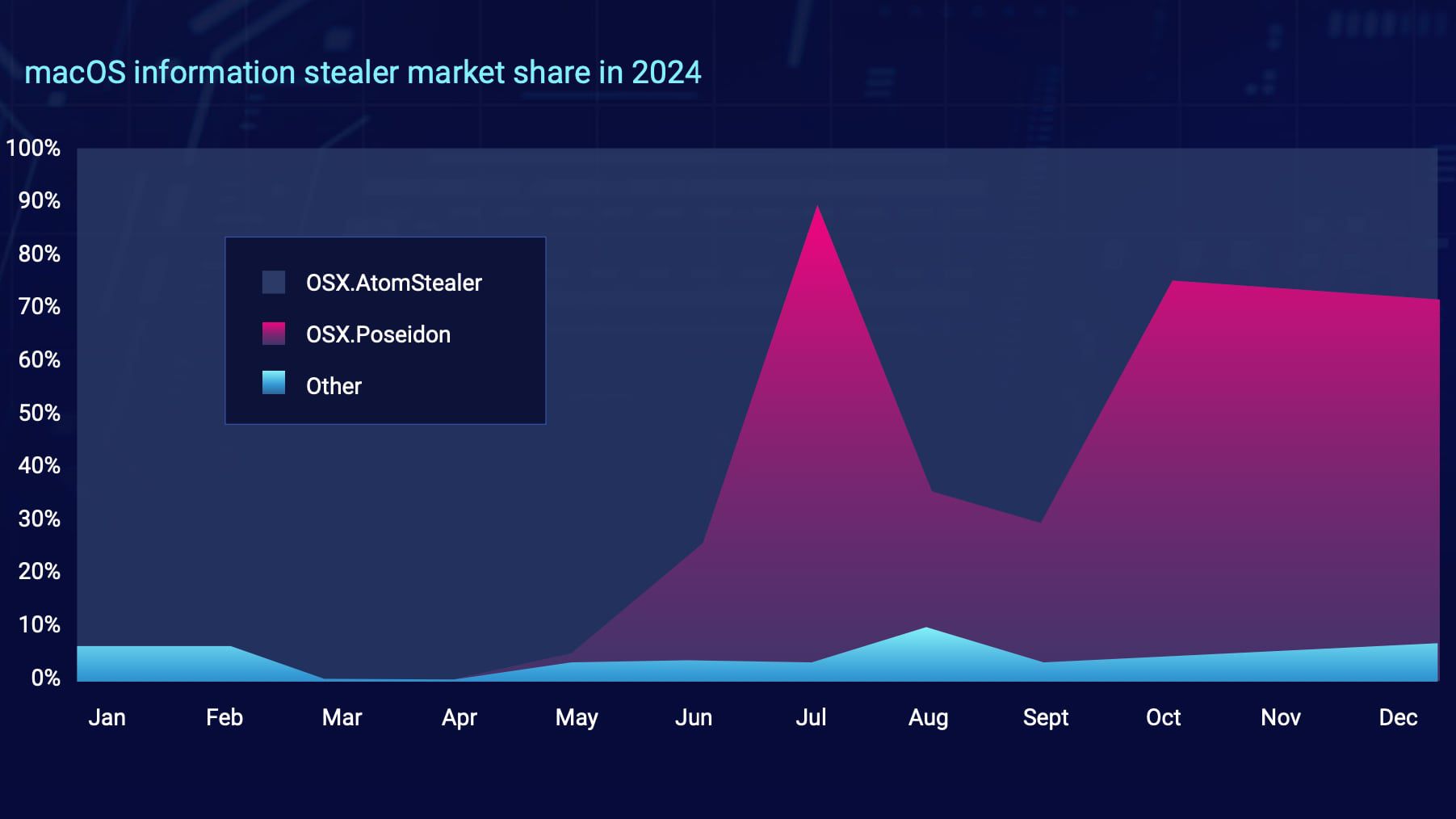Elon Musk has a lot to celebrate this week, but so do SpaceX fans. Everything indicates that Starship’s launch cadence is about to accelerate. The sixth launch, which will be the last of the current generation of the ship, already has a flight plan and a tentative date.
November 18. Less than a month after the historic fifth launch in which the Super Heavy booster was successfully trapped by the arms of the Mechazilla tower, SpaceX has announced the sixth flight of Starship and its plans to move forward with complete reusability of the rocket.
There will be no major changes to the trajectory of the sixth flight, but there will be a new schedule: Starship will take off from southeast Texas at dusk so that its descent and splashdown in the Indian Ocean will be more visible.
A new landing. Although a different booster will be used (Booster 13, instead of Booster 12 that was recovered on the fifth flight), SpaceX will try to capture the Super Heavy stage again with the launch tower arms. If problems arise, the booster will divert its trajectory to make a safe landing in the Gulf of Mexico.
As for the upper stage (Starship 31), the plan is for it to be subjected to even higher temperatures than previous flights. During the fifth flight, Starship completed a controlled entry and precise splashdown maneuver at its intended point in the Indian Ocean for the first time, but plasma continued to ravage the ship’s aileron joints.
The changes. On the sixth flight, the spacecraft will re-enter at a steeper angle to test the limits of the ailerons, and certain parts of these airfoils will be equipped with new thermal protection materials. The Starship’s heat shield will also be missing sections where SpaceX plans to install the capture hardware for future ships, which they will also try to capture with Mechazilla towers.
Flight 6 will also be the first in which Starship will restart a Raptor engine in a vacuum, a crucial test for future orbital flights that will require deorbiting. SpaceX was supposed to complete this test during Flight 3, but had to cancel it due to a problem that left the spacecraft spinning on its axis on its path around Earth.
Giving way to Starship 2. This will be the final flight of the current Starship model. Starting with the seventh flight, SpaceX will use second-generation prototypes with better designed and positioned front wings, larger propellant tanks, and a new heat shield with new layers of protection and more uniform and better installed tiles.
Once the Super Heavy booster is also upgraded to the second generation, Starship 2 will be the first version of the rocket with a payload capacity of 100 tons, officially the most powerful launcher in history.
To Mars in two years, says Musk. Although the rate of Starship launches in 2024 has not been what Elon Musk expected, the foreseeable reduction in bureaucracy that the new United States government will apply promises to accelerate the development of the rocket, which has yet to demonstrate its ability to deploy cargo and transfer fuel in orbit.
Musk’s goal is to launch unmanned flights to Mars in 2026. If Starship’s landing on Mars goes well, the businessman has a much more ambitious and risky goal: manned flights to Mars in 2028. In the meantime, Starship has other unmanned missions. less important like transporting astronauts to the lunar surface for NASA’s Artemis program.
Images | SpaceX
In WorldOfSoftware | SpaceX has made public what Starship development costs. The key is where he gets so much money from












